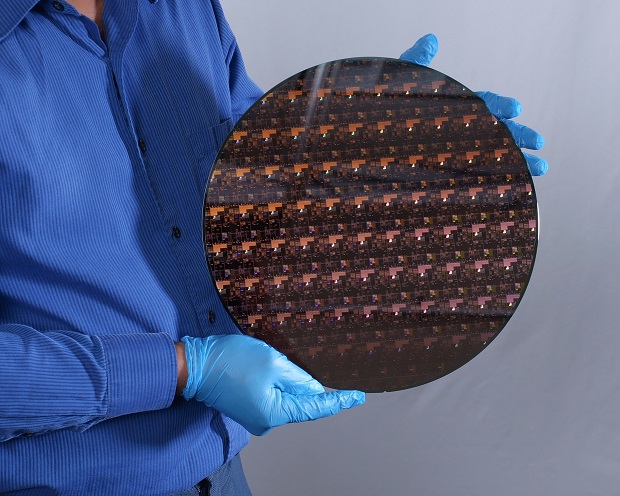Tech titan IBM has unveiled a breakthrough in semiconductor design and process with the development of the world’s first chip announced with 2-nanometer (nm) nanosheet technology.

IBM said the new 2-nm chip technology will help advance the state-of-the-art in the semiconductor industry, addressing the growing demand for increased chip performance and energy efficiency, especially in the era of hybrid cloud, AI, and the Internet of Things.
The US firm said the new chip technology is projected to achieve 45-percent higher performance, or 75 percent lower energy use, than today’s most advanced 7-nm node chips.
IBM explained that increasing the number of transistors per chip can make them smaller, faster, more reliable, and more efficient. “Its architecture is an industry first. Developed less than four years after IBM announced its milestone 5-nm design, this latest breakthrough will allow the 2-nm chip to fit up to 50 billion transistors on a chip the size of a fingernail,” it said.
The potential benefits of these advanced 2 nm chips could include:
- Quadrupling cell phone battery life, only requiring users to charge their devices every four days.
- Slashing the carbon footprint of data centers, which account for one percent of global energy use. Changing all of their servers to 2 nm-based processors could potentially reduce that number significantly.
- Drastically speeding up a laptop’s functions, ranging from quicker processing in applications, to assisting in language translation more easily, to faster Internet access.
- Contributing to faster object detection and reaction time in autonomous vehicles like self-driving cars.
“The IBM innovation reflected in this new 2-nm chip is essential to the entire semiconductor and IT industry,” Darío Gil, SVP and director of IBM Research said in a statement.
“It is the product of IBM’s approach of taking on hard tech challenges and a demonstration of how breakthroughs can result from sustained investments and a collaborative R&D ecosystem approach.”
The latest breakthrough was developed at the company’s research lab located at the Albany Nanotech Complex in Albany, New York where IBM scientists work in collaboration with public and private sector partners.
This collaborative approach, according to the company, makes IBM Research Albany a world-leading ecosystem for semiconductor research and creates a strong innovation pipeline, helping to address manufacturing demands and accelerate the growth of the global chip industry.




